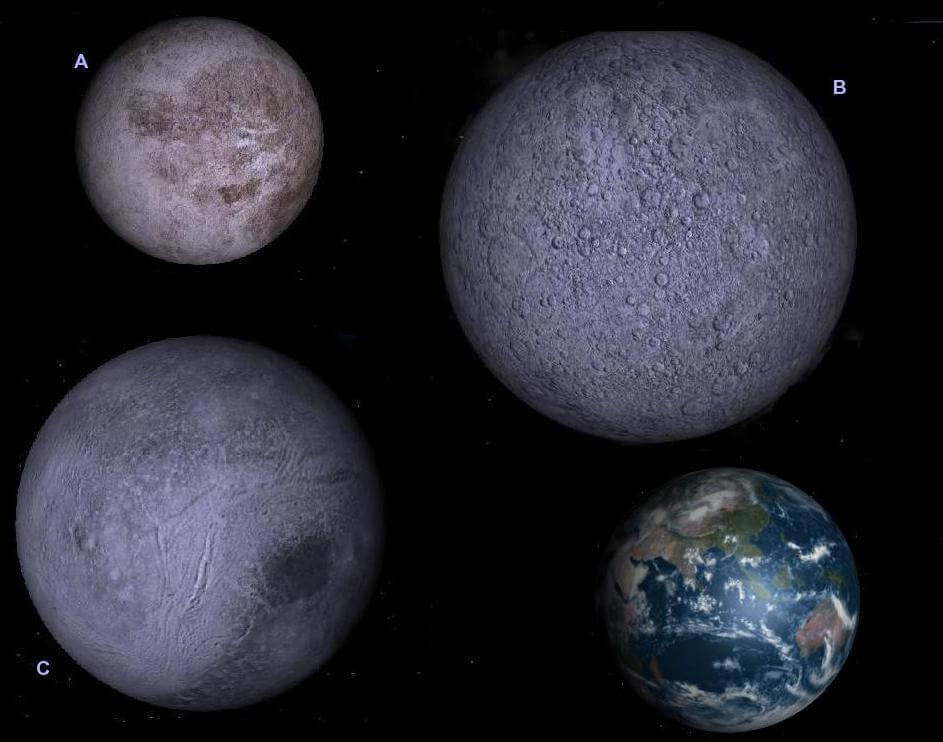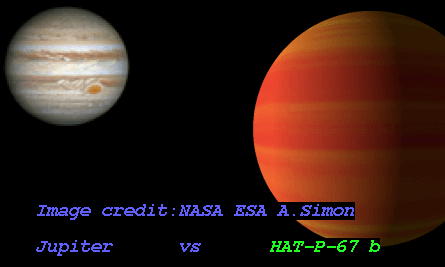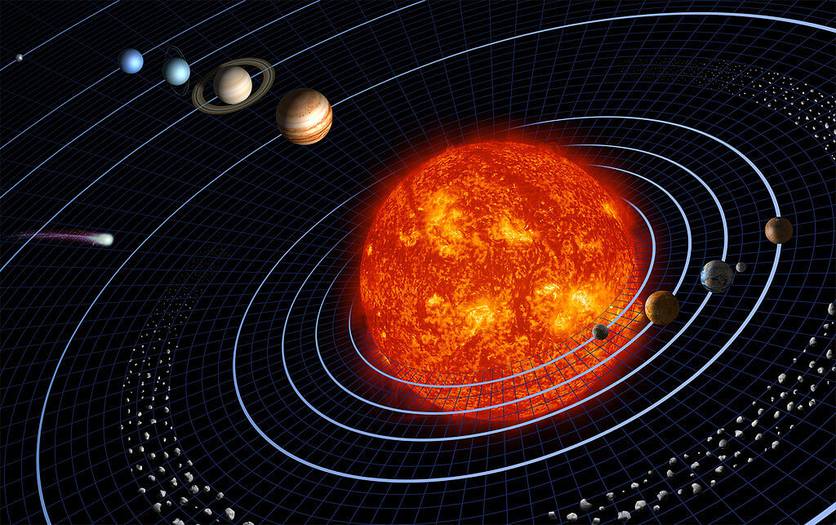The Solar System showing the Sun, Inner Planets, Asteroid Belt, Outer Planets, and a comet.
Planets Discovered in Our Solar System
Earlier our solar system contains nine planets but in 2006 IAU included Pluto in the Minor Planet Catalogue, and gave it an official tag of a minor planet. So we have now eight planets in our solar system.
Among those 8 planets of our solar system, only three planets have the official discoverers and times of discovery because all of the other planets (Mercury, Venus, Mars, Jupiter, and Saturn) were bright enough that can be easily seen by the unaided human eye from Earth.
Uranus, the seventh planet of our solar system, was discovered in 1781 and this is the first planet of our solar system to be discovered by using a telescope. Frederick William Herschel, a German-born British astronomer, and composer discovered the planet Uranus on 13 March 1781 while he was making observations of constellation Gemini. Frederick was also the first astronomer to correctly describe the spiral structure of our Milky Way Galaxy.
The second planet discovered was the Neptune which was predicted (from the mathematical calculations) in 1846, independently, by John Couch Adams, an English astronomer and mathematician, and Urbain Le Verrier. Later on 23 September, 1846 German astronomer Johann Gottfried Galle (along with Heinrich Louis d'Arrest) confirmed the existence of Neptune by observing with a telescope.
The ninth-largest and tenth-most-massive known object directly orbiting the Sun, Pluto was discovered by an American astronomer - Clyde Tombaugh, in 1930.
First Exoplanets Discovered in the Universe
The planets outside our own solar system are called the exoplanets. According to NASA, there are 4,164 confirmed exoplanets and 3,085 planetary systems.
The first exoplanets- planets outside of our solar system was discovered in 1992. Astronomers Aleksander Wolszczan and Dale Frail announced the discovery of two planets orbiting the pulsar PSR 1257+12 ( later designated as PSR B1257+12). A research paper describing the breakthrough was published in the journal Nature on 09 January 1992.
They detected two exoplanets have the masses at least 2.8 Earth-mass and 3.4 Earth-mass. The two exoplanets lie at the distance of 0.47 AU and 0.36 AU from the pulsar PSR 1257+12 and they have a period of 98.2. and 66.6 days.
Additionally, in 1994, an additional planet was discovered making a total of three planets around PSR 1257+12.
The pulsar PSR 1257+12 is located 2,300 light-years from the Sun in the constellation of Virgo and is estimated to have a mass of 1.4 Solar mass. [Solar mass ~ 2 × 1030 kg]

The observation of the presence of planets around a pulsar (pulsar planets) surprised almost astronomers when all belief is to find planets only around main-sequence stars.
Largest Exoplanet in the Universe
As of 22 June 2020, NASA confirms the presence of 4,164 exoplanets in our universe. More than the confirmed - 5,347 are in the candidate list and further research is going on to transfer them to the confirmed list. Among those exoplanets, an exoplanet called TrES-4b, discovered in 2006 and announced in 2007, is considered one of the largest exoplanets ever found in the universe. This largest exoplanet was discovered by the Trans-Atlantic Exoplanet Survey, using the transit method.
TrES-4b is located is approximately at 1,400 light-years (430 pc) away and orbits a star called GSC 02620-00648, in the constellation Hercules.
A research paper describing the work was published in the journal The Astrophysical Journal Letter on 2007 September 14.
The team found that the exoplanet TrES-4b has a radius of 1.674 (plus/minus 0.094) times the radius of Jupiter and the stellar radius of the host star of TrES-4b has the radius of 1.22 (plus/minus 0.17) times the Solar radius. The exoplanet TrES-4b has a mass of 0.84 (plus/minus 0.10) times the mass of Jupiter.
[Radius of Jupiter = 69,911 km and Mass of Jupiter = 1.898 × 1027 kg]

This TrES-4b is the largest exoplanet (in terms of radius) but only until 2017.
In 2017, another team of researchers observed that an exoplanet called HAT-P-67 b has a radius of 2.085 times the radius of Jupiter and mass between 0.59 to 0.056 times the mass of Jupiter.
A research paper describing the work was published in the journal The Astrophysical Journal Letter on 2017 April 14.

HAT-P-67 b orbits the star HAT-P-67 that located about 1043.7 light-years (320.0 pc) away from Solar System. [1 pc = 3.086×1013 km]
